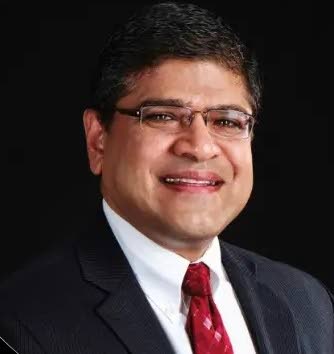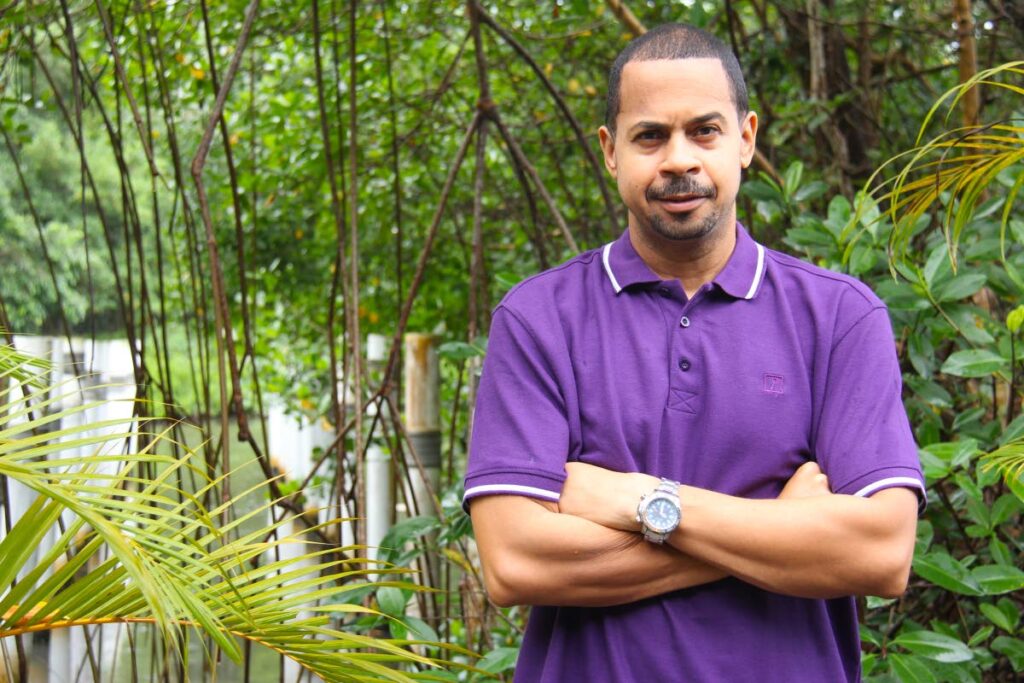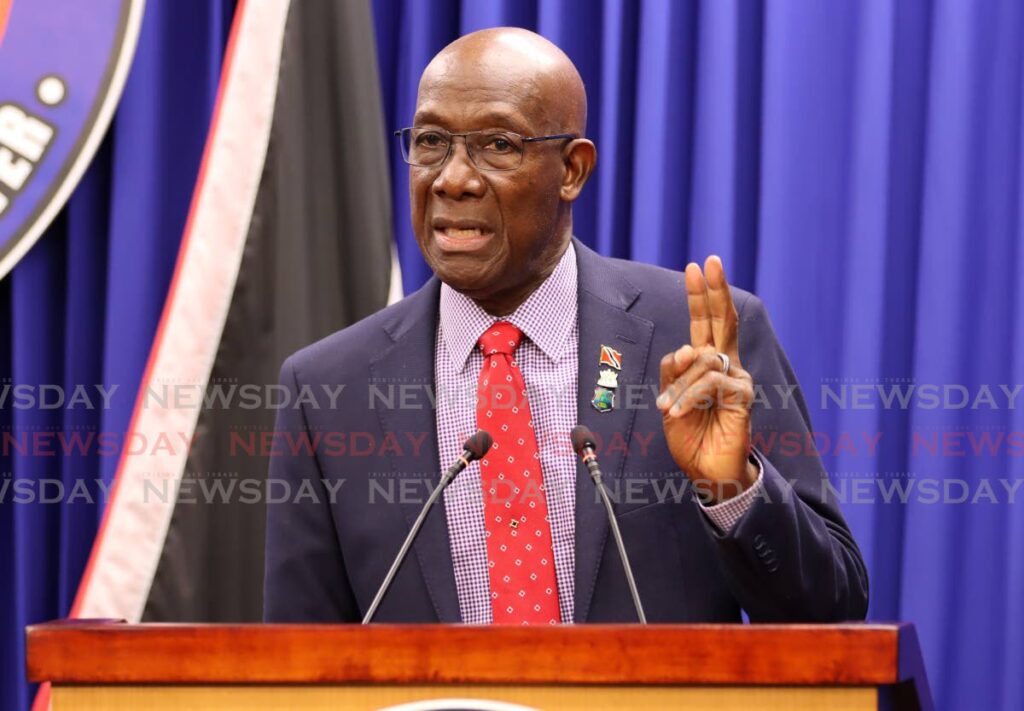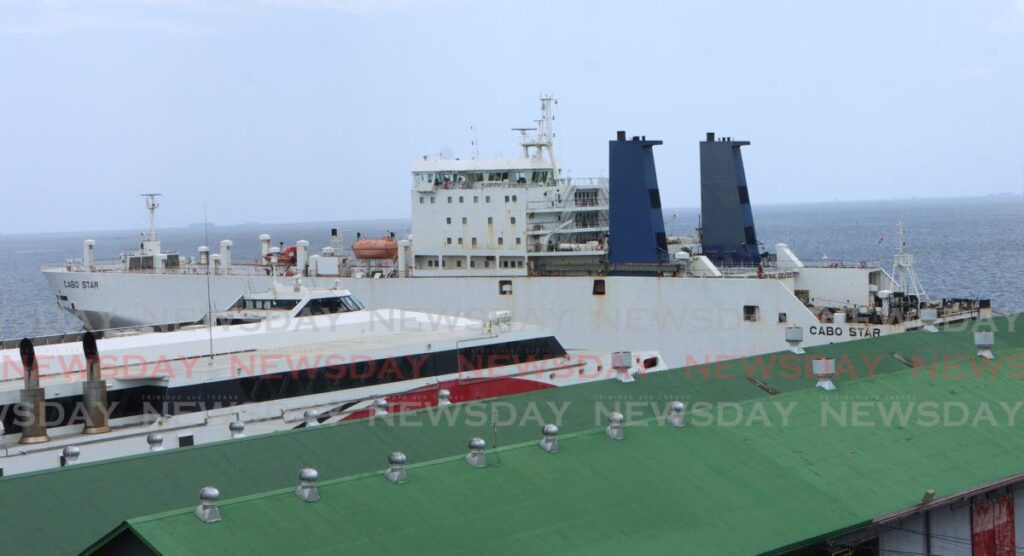Demanding life of the athlete
Written by Gabrielle Hosein on August 21, 2024

Dr Gabrielle Jamela Hosein
ZIYA JUST returned from the Carifta Triathlon, Aquathlon and Mixed-Relay Championships where regional youth competed in Barbados.
Having entered the world of competitive sports less than a year ago, she has met teenagers on TT’s national triathlon team and seen the performance of medallists from other nations, who are swimming, running, and cycling ten, 12, 14 times a week, and who are giving up school holidays, weekends, sleeping in, and social activities with friends. She’s discovered not only physical training, but a huge psychological and mental learning curve. Enduring pain, exhaustion, and heat is also a must.
Athletes can only do well if their nutrition, strength training, coaching, psychological management and family support provide what they need. Athletes may also have health challenges such as asthma, be neurodiverse or autistic, or be predisposed to anxiety or depression. They must learn to excel at time management and still do well at school. And success doesn’t come overnight. The journey has moments of mistake and “failure,” just as we all experience in life.
Parents’ mindset to make these into learning opportunities isn’t just a decision, it’s a carefully considered strategy that takes a huge amount of intentionality, constant communication with coaches, consistent messaging over months and years to the children, encouragement, and adult learning, self-reflection and patience.
These are also teenagers going through typical adolescent growing pains in a social-media mediated world. It’s easy to see the successes, but not their everyday struggles.
One must grow as a parent and be willing to put your child’s or children’s sports’ success – or even their development of life skills that will give them the best chance of future success – at the centre of the family. It can mean giving up time, sleep, savings, work, adult time and liming. That is simply what committed parents of competitive athletes do.
Often, that is what mothers do, for the majority of those making the time and career sacrifices appear to be mothers. It’s not clear whether that is because of two-parent or extended-family consensus regarding how to share responsibilities, or because some fathers are less or not interested in such sacrifice or are not regularly present, or because the unequal burden of care still falls on women. Mothers in the Caribbean have historically made their children’s generational advancement a priority – saving in biscuit tins and through sou sou hands.
Thus, while men dominate as coaches and many fathers are fully involved, mothers fill in the rank and file as “chief cook and bottle washer” everywhere in the stands, on the sidelines and in the background even as they may also be primary economic providers.
Keep in mind that care or reproductive labour isn’t just about cooking and washing, it is about who keeps deadlines and demands in mind; researches the best approaches, nutrition, and gear; is responsible for communicating with everyone involved; makes sure that emotional needs are anticipated and met; and waits at and watches most trainings.
I highlight these here because planning, communication, consumption, emotional management and time-use for family are feminised; meaning repetitive, mostly invisible and largely undervalued tasks are typically assigned to mothers, aunts and grandmothers, and stereotypically considered to be “soft” skills which women do better, rather than ones they do because somebody has to. Women make it their business to build whole networks around this care responsibility the way that boys’ clubs have traditionally operated around the public world of money and business in which childcare is at the periphery.
There’s always natural talent, but for many it can take years before an athlete begins to win medals at international competitions, and it can take a decade to reach Olympic-level qualifiers. Technology, coaching, camps and even the right gear (such as road bikes, which cost the equivalent of thousands of US dollars) and opportunities to compete internationally are key.
For me, last week’s outcry at two-time Olympic medallist Keshorn Walcott’s $250,000 cheque from the Ministry of Sport and Community Development misrecognised the needs and realities of elite-athlete training, including access to international competitions and technologically-savvy coaching experiences. If the public wants gold medals, we have to see the long-term financial and in-kind costs of sport development, not just for individuals but in terms of facilities and sponsorship for youth.
Athlete development through adolescence is a moving target; expensive, multi-faceted, transnational and complex. Improvement is not linear, and gains come with a willingness to invest in disappointments and dust-offs, setbacks and comebacks, and sweat and tears.
Diary of a mothering worker
Entry 537
The post Demanding life of the athlete appeared first on Trinidad and Tobago Newsday.




